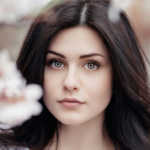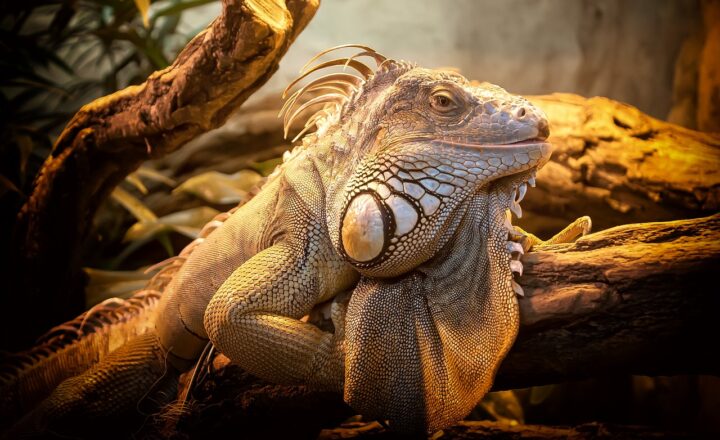
The Northern Lights, also known as the Aurora Borealis, are a mesmerizing natural phenomenon that has captured the imagination of people for centuries. This ethereal display of colors lighting up the night sky has not only inspired awe but has also woven itself into the legends and mythologies of various Northern cultures. In this article, we will explore the fascinating stories and interpretations surrounding the Northern Lights across different regions, highlighting how these cultures have made sense of this enchanting light show.
1. Understanding the Northern Lights
Before diving into the rich tapestry of legends, it’s essential to understand what causes the Northern Lights. The Aurora Borealis occurs when charged particles from the sun collide with gases in Earth’s atmosphere. These interactions create brilliant displays of light, often seen in shades of green, pink, and purple. While the scientific explanation is fascinating, for many cultures, the lights carried deeper meanings.
2. The Sami People and the Lights of the Ancestors
The Sami, the indigenous people of the Arctic, have a profound connection to the Northern Lights. For them, the auroras are regarded as the spirits of their ancestors dancing in the sky. According to Sami beliefs, the Northern Lights are manifestations of the deceased, guiding and watching over the living.
The Sami elders would warn children against making noise during the auroras, suggesting that to do so would anger the spirits. Traditional stories tell of people who could communicate with these lights, understanding their messages and receiving guidance from their ancestors through this celestial ballet.
3. Norse Myths: The Valkyries and the Bridge to Valhalla
In Norse mythology, the Northern Lights have been linked to the Valkyries, the warrior maidens who served Odin, the god of war. Legend has it that the glowing lights were reflections of the Valkyries’ shields and armor as they guided fallen warriors to Valhalla, the great hall of the slain.
This association imbued the auroras with the power of valor and heroism. Observers would often see the lights as a sign that warriors had earned their place in the afterlife, bringing comfort to those who remained.
4. Inuit Legends: The Lights as the Spirits of Animals
Inuit cultures have their own interpretations of the Northern Lights. The lights are often seen as the spirits of animals, particularly the souls of whales and the manifestations of various wildlife. According to Inuit tales, the lights served as a reminder of the importance of maintaining harmony with nature.
Some stories suggest that these colorful displays are the spirits of their ancestors, dancing or playing games in the sky. The Inuit would share stories about these spirits during long winter nights, fostering a communal bond in the face of the harsh Arctic climate.
5. Finnish Folklore: The Fox Fires
In Finland, the Northern Lights are often referred to as “Revontulet,” which translates to “Fox Fires.” According to Finnish folklore, the auroras were created by a magical arctic fox that brushed its tail against the snowy hills, creating sparks that lit the night sky.
This interpretation signifies not only the beauty of the lights but also the mythical connection between nature and the legends that have enriched Finnish culture. This playful yet powerful image of the fox has remained a part of Finnish identity throughout the ages.
6. Russian Folklore: The Dance of the Dead
In Russia, the Northern Lights are often interpreted as a manifestation of the souls of the deceased. According to folklore, the lights represent the actions of long-gone loved ones, dancing excitedly as they celebrate their lives in the afterlife. It is said that the more intense the lights, the more vibrant the souls celebrating.
This interpretation often leads to both reverence and a sense of comfort for those mourning their beloved, as they are reminded of the joy of life and the continuation of existence beyond death.
7. Modern Takes on Ancient Legends
Today, the Northern Lights continue to inspire awe and respect in contemporary culture, including art, literature, and tourism. Many now visit the Arctic regions in hopes of witnessing this breathtaking natural display for themselves. The legends surrounding the auroras are often shared in guided tours, fostering a deeper appreciation for both science and the pervasive mythology.
Many modern stories and artworks draw upon these ancient legends, bridging the gap between history and contemporary experience. The Northern Lights have become a symbol of collective human imagination, where science meets myth, and reality enhances folklore.
Conclusion
The Northern Lights are much more than a scientific curiosity; they are a source of inspiration, a canvas for storytelling, and a testament to humanity’s ability to find meaning in the natural world. Across various cultures, the auroras have become embedded in folklore, each narrative providing insights into the beliefs and values of the people who live beneath these stunning displays. As we gaze upon the Northern Lights, we participate in a timeless tradition of wonder, marrying our inner longing for beauty and understanding with the mysteries of the universe.
Final Thoughts
The legends of the Northern Lights remind us of our connection to one another and the world around us. As we share stories and experiences, we honor those who came before us and keep their memories alive through the universal language of wonder.








